How To Care For The Vinyl On Your PWC Seat
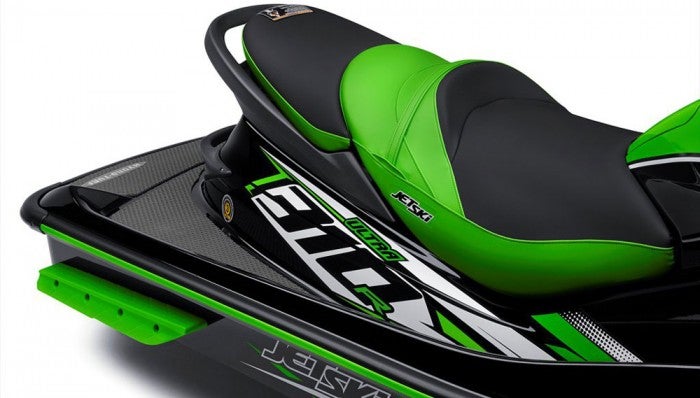
Some basic care to keep your seat looking new
Personal watercraft seats have come a long way in recent years. Once little more than a single piece of vinyl stretched and stapled over a foam and plastic base, today they’re likely to feature richer materials, cut-and-sew construction for a more refined look, even textures designed to hold the driver in place through a hard turn. One thing that hasn’t changed, however, is that they still require some care to make sure they continue to look and perform their best over the years.
Curious about what…and what NOT…to do? Here are a few easy suggestions.
Give Your Saddle a Periodic Cleaning
Washing and waxing the deck and hull are a common practice for many, but don’t forget to also pay attention to your seat. For the occasional cleaning, try just plain warm water and a mild dish soap. Commercial vinyl cleaners are also available; check your dealer or local boating supply. Tougher spots and stains? If they’re mildew, try a vinyl-specific mildew cleaner, like Star Brite’s Mildew Stain Remover. Some manufacturers even go so far as to recommend Fantastik cleaner for stains.
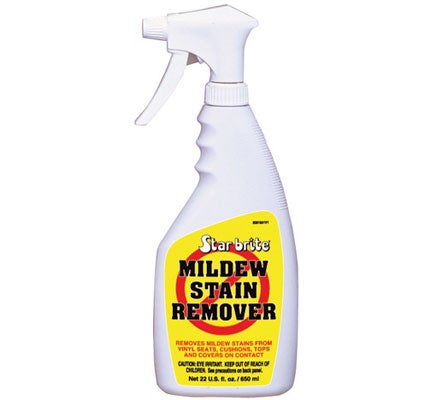
As to the how-to, try gently scrubbing the saddle with a sponge, or a soft bristle brush for spots that are truly “dirty.” For worse spots, let the soap or cleaner soak on the surface for 5-10 minutes, before following up with the soft brush to lift away the dirt. Another option that some riders have used with success is the Mr. Clean Magic Eraser. These dense little blocks work magic on many stains, but scrub with care; they can also dull a shiny surface.
Transform Your Aging PWC With An Aftermarket Seat Cover
Avoid Harsh Chemicals or Anything Silicone-Based
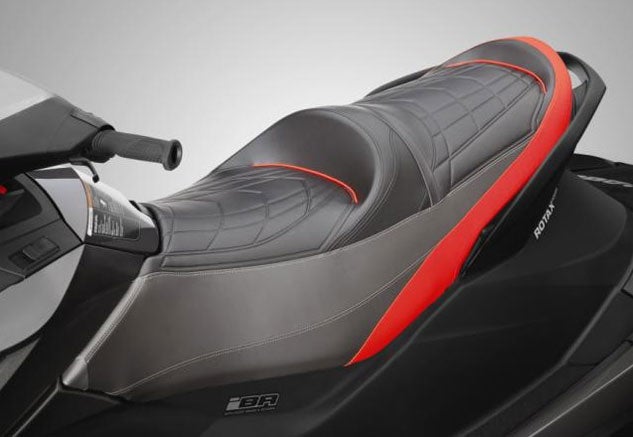
It may seem obvious that harsh chemicals, like acetone, gasoline, or even 409 spray cleaner, will damage your seat material. But you should also steer clear of any protectants with a silicone base (check the ingredients label). Silicone will pull the plasticizing components out of the vinyl, which will make the material less pliable, and ultimately harder and more brittle to the touch. Over time, those effects will produce the cracking that we’ve all seen on older model PWC saddles. It looks bad, feels worse, and has no real repair with the exception of replacing the seat cover.
How To Keep Your PWC Trailer from Breaking Down
Slather On the Sunscreen
Once your vinyl is looking clean, treat it like your skin on a harsh summer day. In short, slather it up with some sunscreen. Combination vinyl conditioners/protectants, like those available from major brands like 3M, Meguiars, or StarBrite, are designed to keep vinyl soft and supple but also protected from UV rays. Another option? 303 Aerospace Protectant, which many boat owners swear by. Follow the manufacturer directions, and remember to apply on a regular basis for best results.
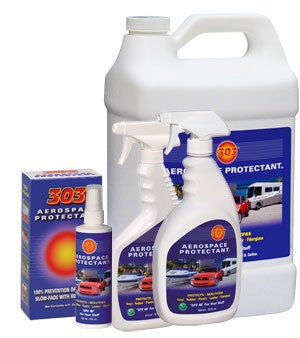
And though it should be obvious, cover things up when the craft is not in use. A storage cover, or the protection of a garage, is one of the best things you can do to stave off long-term UV damage.
How To Remove and Install PWC Traction Mats
Steer Clear of the “Slippery” Protectants
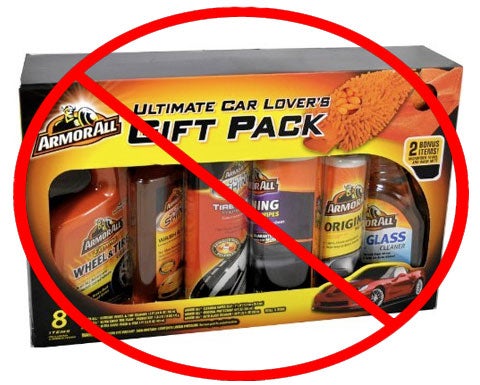
Like Armor All for your car dash, exterior plastic cladding or tires? So do a lot of people, but use it on your PWC saddle and that opinion may change when you rail your boat into that next corner, or on some of the newer reverse-equipped models, go to suddenly slow down at high speed. The reason should be obvious. Slippery protectants such as Armor All make the saddle slick, especially when a little water is added into the mix. If you want to stay in control of your PWC, choose a protectant with a less slippery finish.
Get PersonalWatercraft.com in your Inbox!
Like PersonalWatercraft.com on Facebook
Comments
Most Popular

2025 Yamaha JetBlaster PRO 2-Up Review

2024 Kawasaki Jet Ski STX 160X Review

Remembering the Sea-Doo XP

Whatever Happened to the Wetbike?

2025 Yamaha JetBlaster Review











 Your Privacy Choices
Your Privacy Choices